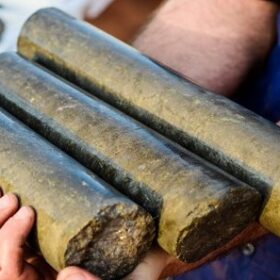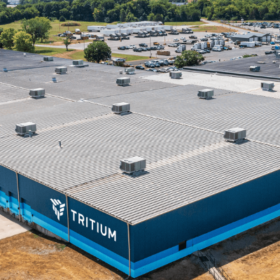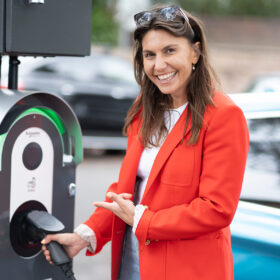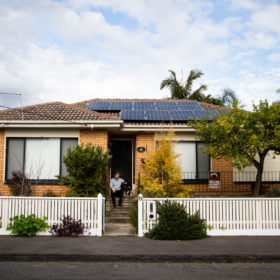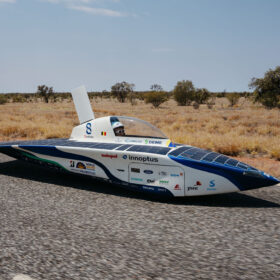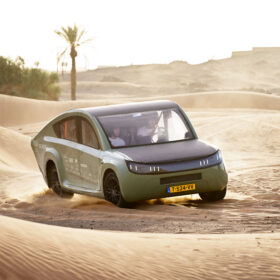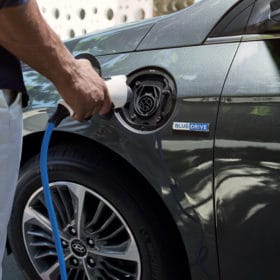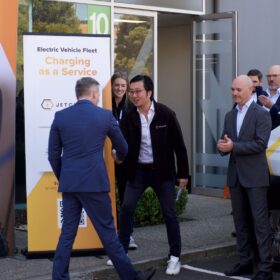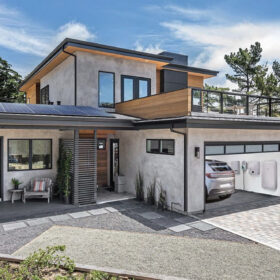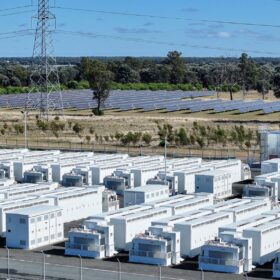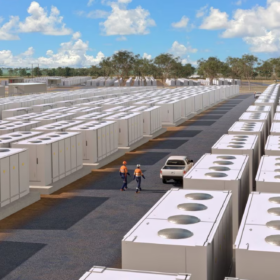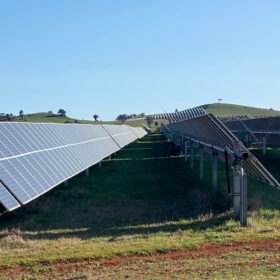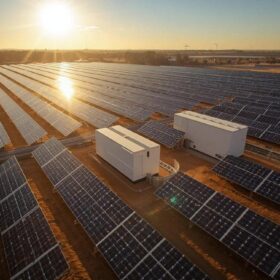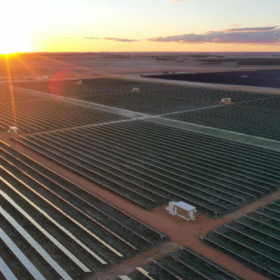Global battery giant boosts share in WA lithium explorer
Australian lithium explorer St George Mining’s critical minerals strategy has received a significant boost with global battery industry giant Shanghai Jayson New Energy Materials tipping a further $3 million into the Perth-based company.
Tritium to take EV charger manufacturing operations offshore
Australian electric vehicle charger manufacturer Tritium will close its Brisbane manufacturing facility and move production to the United States in a bid to ensure its financial survival.
50 power poles across Sydney mounted with EV chargers in ARENA-backed project
The first of 50 pole mounted electric vehicle (EV) chargers have been powered up in Sydney as part of an ARENA project with Intellihub. The project is seeking to provide infrastructure for those locked out of the EV market, as well as understand regulatory and commercial barriers for public EV charging and V2G charging.
Commbank launches interest-free loans for solar and battery systems
One of Australia’s “big four” banks, the Commonwealth Bank, will begin offering interest-free finance up to $30,000 to install rooftop solar and home batteries with select merchants. The program will also allow customers to split repayments into instalments over one to five years.
Belgians beat wind to claim World Solar Challenge
Belgian Solar Team Innoptus has claimed back-to-back Bridgestone World Solar Challenge titles, beating home dozens of competitors from around the world to win the 3,000 kilometre race through Australia’s outback.
UNSW student team to push for change in World Solar Challenge
The solar-powered Stella Terra test car from The Netherlands’ Eindhoven University has just completed a 1,000 kilometre test drive from northern Morocco to the Sahara. In Australia, the solar car racing team from the University of New South Wales says the real challenge is to find new ways to push the boundaries of solar car races.
High Court rules Victoria’s EV tax is ‘invalid’
Victoria’s High Court has deemed the Victorian government’s tax on electric vehicles “invalid”, saying Australia’s Constitution enshrines that only the Commonwealth government has the power to enforce such taxes.
Adelaide cuts emissions at train stations, starts testing hydrogen buses
Diesel trains have been retrofitted with batteries and are now running from Adelaide stations, in the latest of a spate of sustainable transport trials in the South Australian capital. This includes trials with fully electric trains and the beginning of trials with hydrogen-powered and pure electric buses.
Subsidised charging kit for commercial EV fleets launched with ARENA support
Melbourne-based company JET Charge has today launched its ‘Charging as a Service’ initiative, a subsidised and subscription-based electric vehicle charging solution for commercial fleets supported by ARENA.
Weekend Read: the solar-battery-EV dream
For those who combine solar, batteries, and electric vehicles (EVs) at home, driving on sunshine is a realistic goal. However, there are many factors to consider when analysing the economic payoffs, as well as the technical possibilities and limitations of such systems.
